PNW Components Coast Dropper Post
- Price: $189.00 – $199.00
- Available from PNW Components and Amazon
PNW Components has made something of a name for itself in the last few years producing affordable, functional, and serviceable dropper posts and cockpit components. With their excellent branding, great support, and importantly awesome products, they’ve gained a healthy following in the mountain bike arena, and now are crossing over to the gravel cycling world.
So what makes the PNW Coast Suspension dropper gravel specific? Well nothing, really, but also everything, and I’ll tell you why.
Gravel is one of those genres of riding that has a really broad scope and can be very different depending on the type of rider you are, who you ride with, and where you live. Here on the West Coast of BC, gravel riding can often be pretty technical and chunky, and you might even find yourself doing something that would have been considered mountain biking twenty or thirty years ago, or even pedaling some legit mountain bike trails. The forest service roads are usually pretty steep in both directions and full of large rocks, especially if they’re deactivated or not well maintained.
Why do I mention this? Well, this brand of gravel riding is starting to sound a lot like mountain biking, and gravel bikes are starting to look a lot like mountain bikes with chunkier tires, disc brakes, thru-axles, and — gasp — even dropper posts.
That’s not by accident; there’s a lot of cross-over and many of these innovations make good sense in the drop bar world. My point is, when you’re clunking down a steep, chunky fire road or even a mountain bike trail, we have collectively learned that being able to get the saddle out of the way is more often than not really useful, even on a bike that looks a lot like a road bike.
The PNW Coast Suspension dropper has another ace up its sleeve, however, and the clue is in the name. Yes, it has 40mm of built-in suspension travel. Suspension isn’t exactly new to the drop-bar world either, but it’s still not exactly widespread. Certainly, there are riders out there using suspension seat posts and stems, and even suspension headsets, but the integration of both dropper and suspension seat post is relatively novel and should hopefully take the sting out of some of those rougher gravel roads.

Details
Now I’ve covered the why, what about the how? The PNW Coast Suspension dropper is available in three common diameters: 30.9mm with 31.6mm with 120mm drop and a 27.2mm with 100mm of drop, all of which are available with either internal or external cable routing. The two larger diameter posts are all-aluminum construction and the 27.2mm post has a steel stanchion.
The fact that the Coast comes in a 27.2mm diameter is great since a lot of gravel bikes use this diameter and many of those bikes also won’t have internal dropper post routing such as the Landyachtz I had it fitted to, so the external option is super useful. On test here is the 27.2mm, externally routed post that with the steel stanchion weighs 621g excluding cables and remote. It’s certainly not lightweight.
The PNW Coast Suspension dropper has a shorter drop and overall length than most of PNW’s other dropper posts. That makes it well suited to drop bar bikes since those bikes often have longer seat tubes and less seat post showing. The seat tubes usually have bottle cage bosses in them, further limiting dropper post insertion. There’s also nothing stopping this post from being fitted to a mountain bike; it lends itself well to a hardtail build that just needs a little extra cushion and just a little bit of drop.
Installation
The PNW Coast Suspension dropper is refreshingly simple to install, particularly the externally routed version tested here. Simply insert the post to your desired height, pop the plastic cover off the side, insert the head of a shift cable, clip the cover back on and route the cable and housing to your lever or remote of choice.
Steps to install the internally routed Coast dropper are the same as any other PNW post we’ve reviewed, and pretty much any other cable-actuated dropper out there. There are no funny tricks, cable tension is easy to dial in, and it’s compatible with any lever that has the clamp on the lever end. Here I’ve paired it with a Wolf Tooth lever that clamps in the center of the bar for easy installation, and any bar-end lever or a lever that hides under the tape could be used.
The seat post head uses a fairly standard two-bolt arrangement as most do. It’s strong and easy enough to fit the seat without any complications. Setting up the sag on the post is a little different; I’ve never had to set the sag on a seat post before. On the head of the post is an air valve to add or remove air just like you might to any other dropper post, however this is how you set the sag on the suspension part of the post. The maximum pressure is 300psi and at my ~175lb weight I maxed the pressure out to make it feel good.
If the pressure is too low while sitting on the post it sits into its travel, and I found that if it goes further than its 40mm of suspension travel the post stops and stays down until I hit the lever to return it. For this reason, I opted to go harder so that I wouldn’t get any suspension from it under normal pedaling and it would only open up when encountering a large bump. I felt like this is how it is intended to be used, however, I feel like for heavier riders that 300psi maximum pressure likely wouldn’t be enough.

Riding
Remember when dropper posts first came out for mountain bikes and we journalists waxed lyrical about how it changed riding for the better? The same is true for gravel riding. Having that extra 100mm of room above the seat makes a big difference and on more technical trails, and even less-technical ones. It also makes the bike feel a lot more confidence-inspiring and gives me more room to move around without feeling as though I were about to get pushed over the bars by my seat. This is especially important on a drop-bar bike with a fairly forward riding position.
Another unforeseen benefit of this is that on longer descents when in the drops I found my neck aching a little from having to look up and forward from that aggressive position. Even on a smoother descent, the dropper helps a lot with just being able to get lower on the bike and decrease the angle on my neck, resulting in less neck pain.

The one part of the PNW Coast Suspension dropper that I remain unsure about is the suspension. While it does sort of do its job when hitting bigger bumps, it’s not soft enough to really make a difference on small chatter and for the most part, I’m standing up on the pedals through rougher sections anyway. That said, I also wouldn’t want the post to be any softer because while pedaling I want it to be firm.
Many times I felt while going through compressions on the road the post would compress making the post shorter in the middle of my pedal stroke and losing power to the pedals. This wasn’t a major annoyance, but it’s also not something I’d want to live with long term unless my gravel rides were 100% off-road, which they’re not, and most others’ probably aren’t either. A benefit of the externally routed post however is the ease of removal. If I knew I was going to be sticking to tarmac for a while I could simply fit a solid post, and if I knew I’d be doing a really rough/technical ride I could easily refit it.
There were a few times where I felt the suspension made a whole lot of sense, the most notable being an extremely potholed fire road that didn’t have enough gradient to coast in either direction and required pedaling the entire time. Seat post suspension is great if you find yourself riding a lot of this type of thing, but not so great otherwise. Don’t get me wrong: 95% of the time I forgot the Coast Suspension dropper had any suspension, particularly while riding on the road, but the other 5% of the time I would rather it wasn’t there at all. I feel like the Coast Suspension dropper would make a lot more sense if somehow the suspension action could be locked out and opened much like any suspension fork or shock. That would enable it to be set softer to have a little compliance on more chattery trails but firm enough to pedal against.
After riding for a couple of months in all weather and trail conditions over a healthy mix of tarmac and dirt, and many showerings of mud and subsequent hose-downs, the PNW Coast Suspension dropper still performs admirably. With no notable stiction either going up or down and no signs of wear, it seems to be just as reliable as any of the other PNW dropper posts we’ve tested. The action is not the fastest and doesn’t have quite the same positive top-out as the PNW Bachelor dropper post I had previously reviewed, but that hasn’t degraded in any way either.


Pros and cons of the PNW Coast suspension dropper post
Pros
- Easy to install and setup
- Reliable
- Fits a 27.7mm seat tube
Cons
- Heavy
- Suspension does not lockout
- Heavier riders may find suspension to soft
Summary
At $189.99 USD for the 27.2mm version reviewed here, the PNW Coast Suspension dropper is a relatively inexpensive entry to the world of dropper posts for gravel bikes or hardtails that need a little extra sting taken out of their tail. For me, the suspension element doesn’t make a lot of sense without a little more refinement such as a lockout function, however the ability to fit a dropper post to a bike with a 27.2mm seat post and no internal cabling is great, though this isn’t the only seat post out there that can do that.
Personally, I would choose a PNW Pine 27.2 dropper post or even a PNW Rainier 27.2 for those bikes that do have the capability to run an internally-routed dropper and have the right insertion and free length of post. For riders who spend a lot of time seated on rough, potholed gravel roads, the PNW Coast Suspension dropper might make sense, but those finding enjoyment riding that type of road frequently are likely to be few and far between. I will say that having run a dropper post on my gravel bike, I don’t want to go back to pre-dropper life.
- Price: $189.00 – $199.00
- Available from PNW Components and Amazon
Check out our dropper post buyers guide and our picks for the best dropper posts.












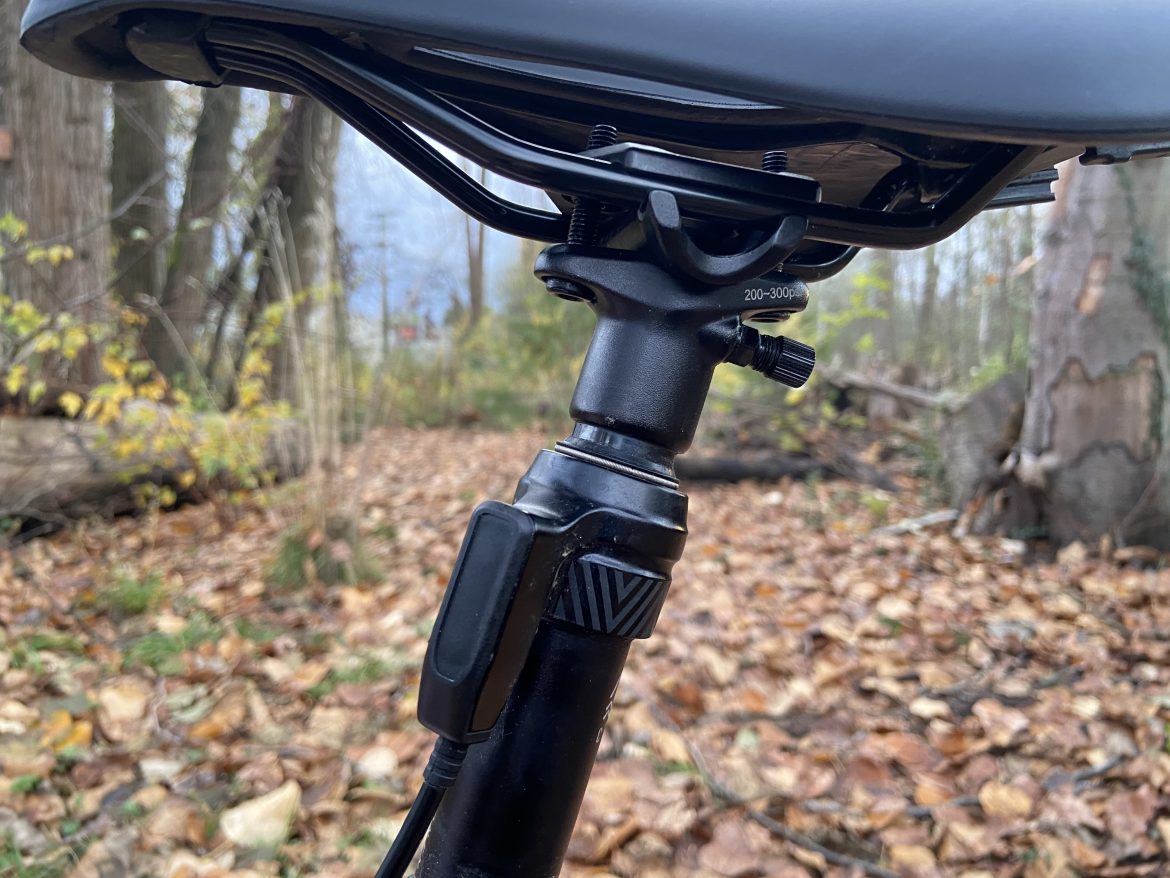
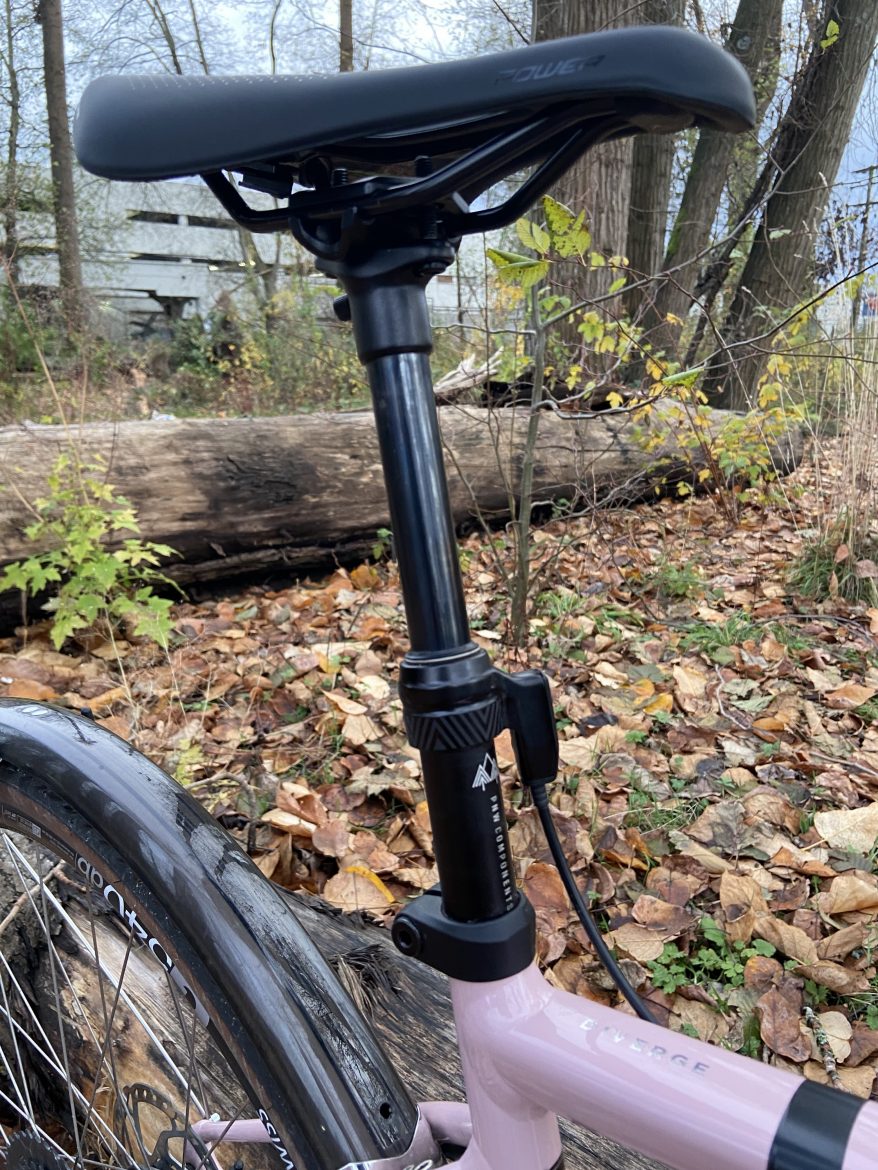
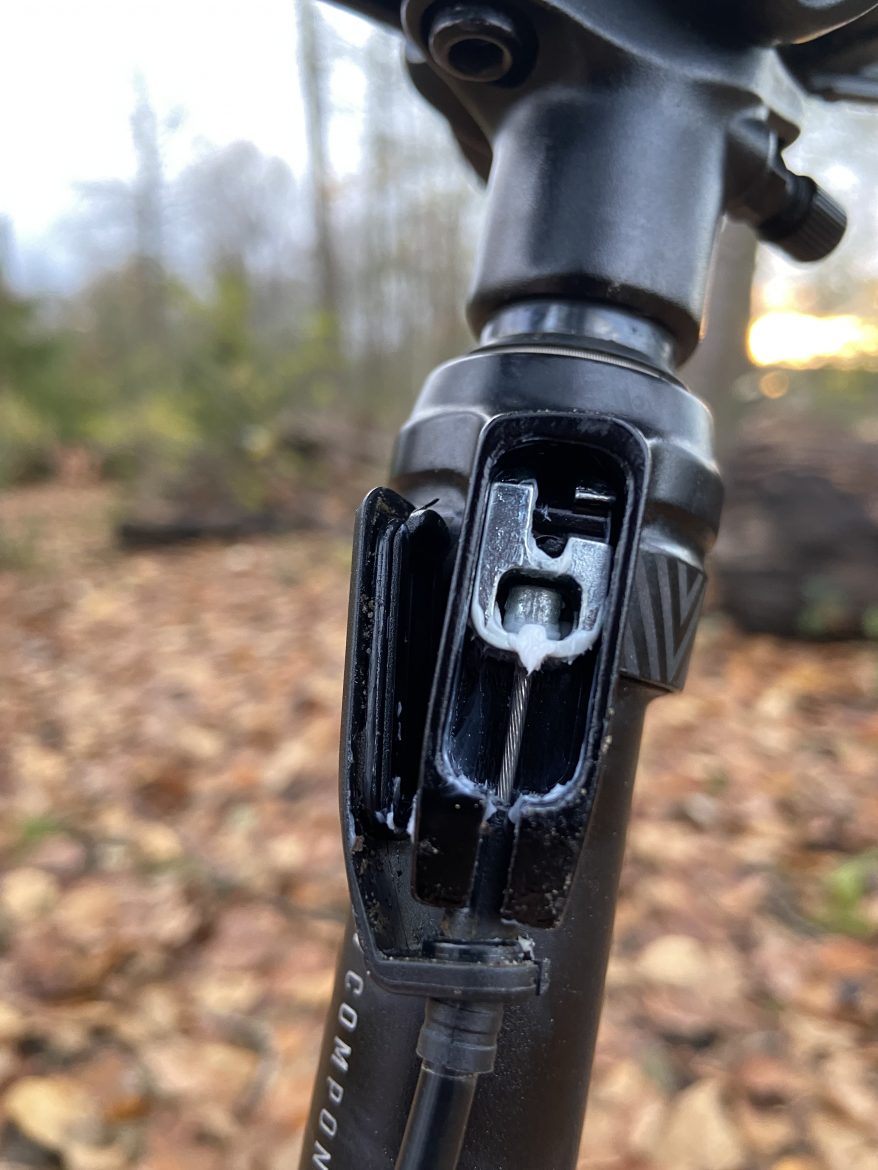
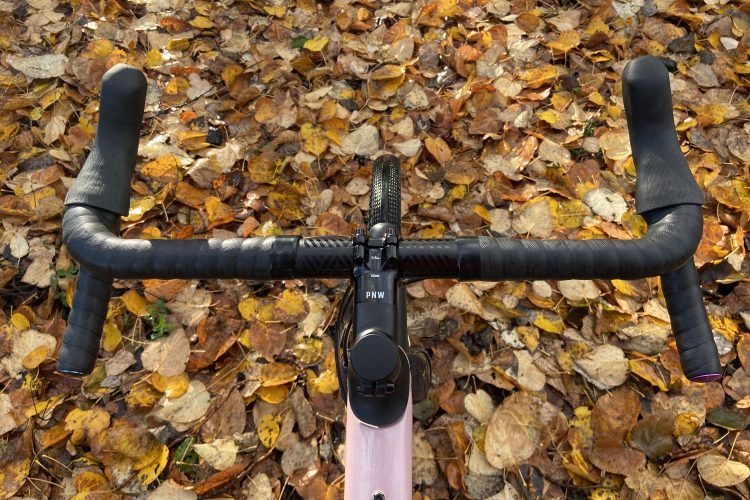


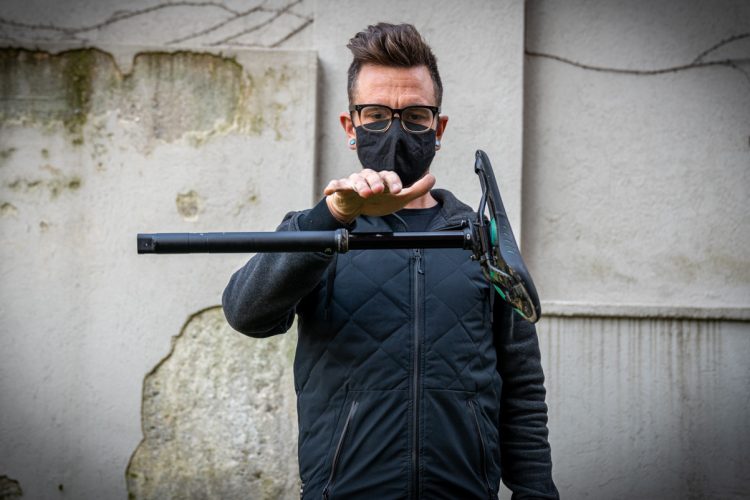


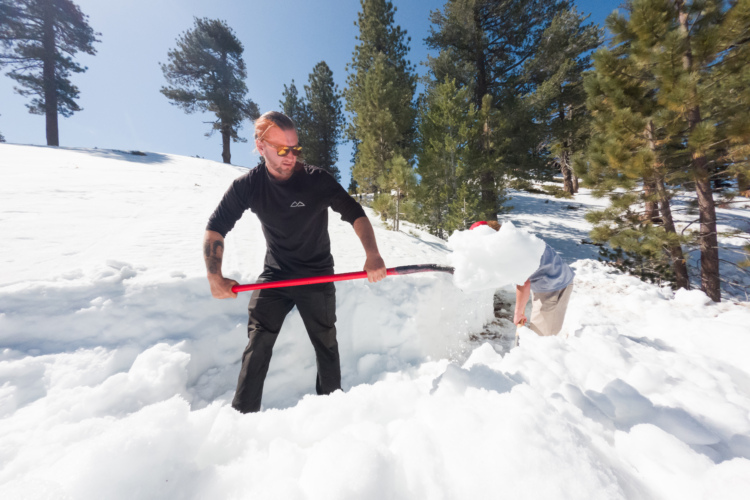


1 Comments
Dec 10, 2021